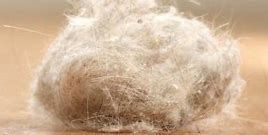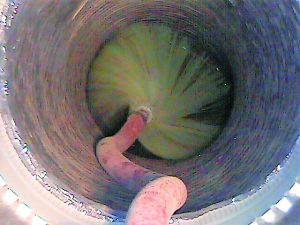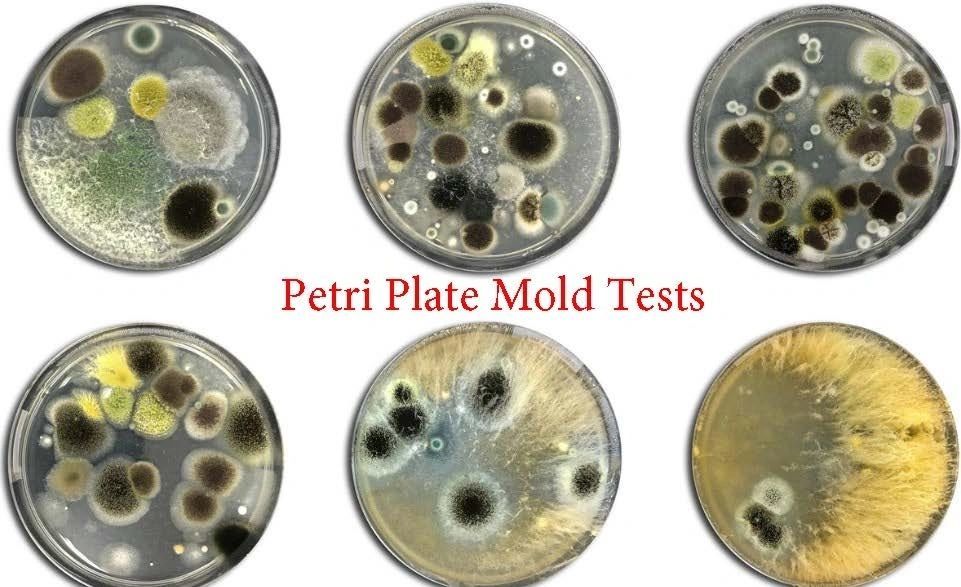Conquering Invisible Invaders: The HEPA Vacuum Solution for CIRS Sufferers
Introduction: The Hidden Dangers Lurking in Your Dust
Imagine this: after a long, exhausting day, you settle into your favorite couch, hoping to relax. But what you may not realize is that as you sink into those cushions, you’re surrounded by a cloud of household dust. This isn’t just a cleanliness issue—it’s a matter of health. That invisible dust can trigger an inflammatory response, increasing your heart rate and putting your body into overdrive.

For those suffering from Chronic Inflammatory Response Syndrome (CIRS) or other inflammation-related illnesses, this situation is more than uncomfortable—it’s hazardous. House dust often contains biotoxins, pesticides, heavy metals, and other contaminants. When disturbed, this dust becomes airborne and easily inhaled.
The Dust You Breathe: What’s in the Air?
Did you know the average adult takes 720 to 1,200 breaths an hour? Now think about what’s in the air during all those breaths. Homes accumulate an average of 40 pounds of dust yearly, and people inhale about a tablespoon of dust particles each day. For those with CIRS, this can be especially problematic, as the dust might contain allergens and harmful substances such as:
- Dust mites and droppings
- Pollen
- Pet dander
- Mold spores
- Bacteria and endotoxins
- Microplastics
- Chemical residues
What’s Really in Your House Dust

House dust is more than just dirt—it’s a combination of skin flakes, hair, fabric fibers, pollen, biotoxins, microplastics, pesticides, and heavy metals. Each time you disturb dust, these harmful particles are released into the air you breathe.
The HEPA Vacuum Advantage: A Game Changer for CIRS Sufferers
Using a vacuum might seem like it just stirs up dust, but a sealed true HEPA vacuum is a game changer. It captures 99.97% of particles as small as 0.3 microns, including many harmful components found in dust. Here are our top HEPA vacuum recommendations based on real-world testing:
- Shark Rotator Vacuum (Model: LA502)
- Excellent for pet hair
- Lift-Away feature for versatile cleaning
- Sealed HEPA filtration system
Shark Power Detect Self-Empty Robot Vacuum (Model: RV2820AE)
- Automatic dustbin emptying
- Perfect for daily maintenance
- HEPA filtration for allergens
View on Shark’s website
- Shark Cordless Detect Pro with Auto-Empty System (Model: IW3511)
- Cordless convenience
- Multi-surface cleaning with HEPA filtration
View on Shark’s website
Why We Recommend Shark Vacuums
First of all, Shark vacuums offer high performance at a reasonable price. Additionally, their HEPA filtration is verified with laser particle counters, making them a reliable choice. Lastly, Shark offers a 30-day return policy and an optional extended warranty for peace of mind.
Key Features to Look for in HEPA Vacuums
- Sealed System: Ensures that no air escapes before passing through the HEPA filter.
- True HEPA Filter: Avoid “HEPA-type” filters; they don’t meet the same standards.
- Bagged vs. Bagless: Bagged vacuums are better for allergy sufferers, but some bagless models have bottom-emptying dust cups for convenience.
A Comprehensive Dust Control Strategy
To maintain a dust-free environment, follow these steps:
- Use HEPA vacuums regularly, especially on carpets and upholstered furniture.
- Employ a robotic HEPA vacuum for daily cleaning.
- Run HEPA air purifiers with a Clean Air Delivery Rate (CADR) of 300 CFM or higher.
- Launder bedding in hot water frequently.
- Consider removing wall-to-wall carpets or have them professionally cleaned.
- Clean air ducts with NADCA-certified technicians.
- Choose natural fibers over synthetic textiles to minimize dust accumulation.


Monitor Dust and Mold with Petri Plates
Petri plates are an affordable way to track your cleaning progress. Available on our website, these plates help you assess dust and mold levels. Here’s how:
- Contact Plate Method: Tap the plate on surfaces before and after cleaning to measure effectiveness.
- Gravity Plate Method: Leave an open plate in the area for one hour to gauge airborne mold spores.
- Observation: Compare colony-forming units (CFUs) after 3 days. Fewer CFUs indicate cleaner air.
The Microplastics Problem: Hidden in Your Carpet
Carpets are a significant source of microplastic pollution in homes. Studies show they release up to 1.4 grams of microfibers per square meter each year. Regular HEPA vacuuming is essential to minimize exposure to these harmful particles, especially in homes with carpets.
Call to Action: Take the First Step Toward a Healthier Home
Ready to reduce dust, biotoxins, and microplastics in your home? Follow these steps today:
- Invest in one of our recommended Shark HEPA vacuums.
- Implement our comprehensive dust-busting strategy.
- Monitor your progress with Petri plate tests.
- Contact IES for professional IAQ consultation. Schedule: Free 15 min call
By taking these steps, you’ll be well on your way to creating a healthier home environment. Your health starts at home—make the change today!
References:
- Environmental Protection Agency. (2011). Exposure Factors Handbook: 2011 Edition.
- American Lung Association. (n.d.). Dust.
- Kapp, K. J., & Miller, R. Z. (2020). Electric clothes dryers: An underestimated source of microfiber pollution. 15(10), e0239165.



